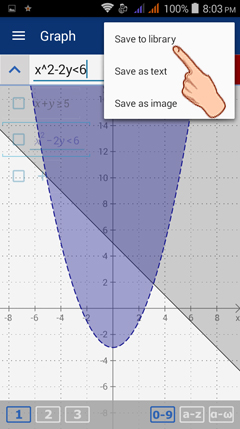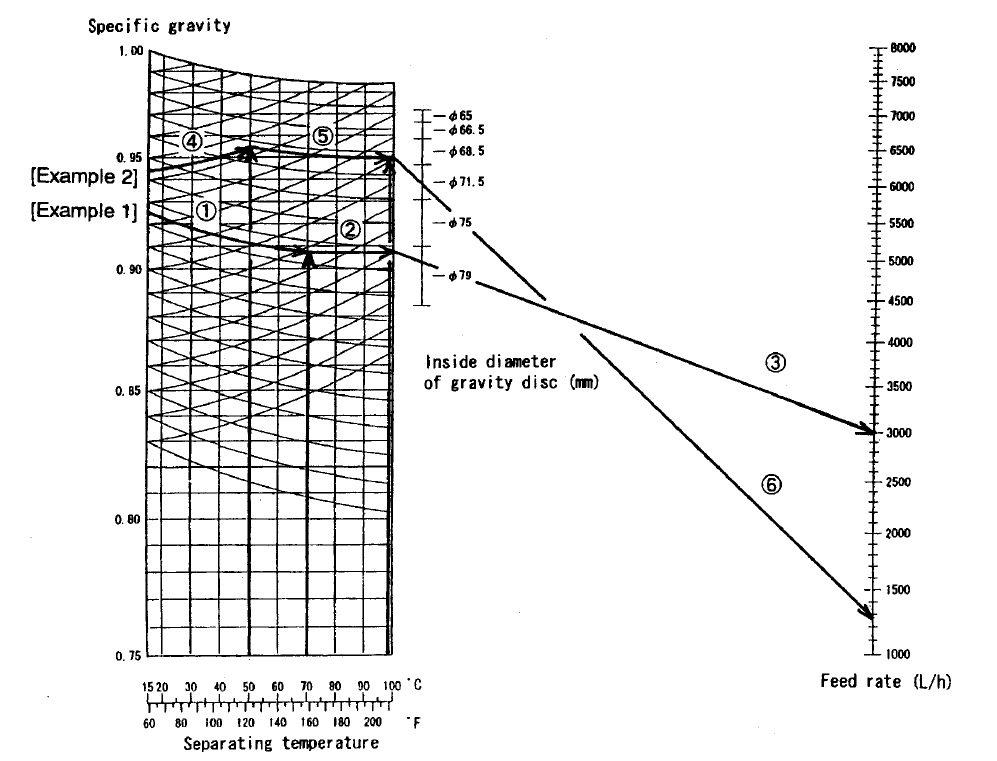

Once the head is positioned on the right track, the sectors of this track can easily be reached as the disk is constantly rotating. This involves physical movement of the Hard Drive arm used to position the Read/Write head on the right track. When loading a file into memory, it is necessary to access all the sectors used by this file.
#DISK GRAPH CALC WINDOWS#
The typical size of a cluster on a Windows computer is 4KB. Each cluster will be stored across a few sectors. When the Operating System stores a file on a hard drive, this file is split into several clusters. Each track contains several sectors where data is stored. platters) where data is stored.Įach disk is divided into many concentric circular tracks. Template for import of MICs and ECOFF statsģ.A hard drive is a magnetic storage device consisting of several disks (a.k.a. Submit MIC distributions to Gunnar Kahlmeter or Erika Matuschek.įor Copyright issues, go to the EUCAST home page.Ģ. The curators of the database are currently Gunnar Kahlmeter, Erika Matuschek, Jenny Åhman and John Turnidge.
#DISK GRAPH CALC DOWNLOAD#
Zone diameter distributions - download this file to contribute new zone diameter data.MIC distributions - download this file and use it to contribute new MIC data.

Questions and comments on EUCAST wild type distributions and ECOFFs.Ĭontributions of MIC and Zone diameter distributions can be made using the following Excel file templates: Caveats for use of the program has been added 2020 (see first page of Excel file).

This is a tool made available by EUCAST Scientific Secretary John Turnidge for people wanting to assess MIC distribution data. The 2020 updated version of the ECOFFinder program is available from the EUCAST website. Official ECOFFs are determined by EUCAST, adhering to protocols generated by the "EUCAST Subcommittee on MIC distributions and the determination of ECOFFs" ( SOP10.2). Using agreed criteria for the acceptance of MIC distributions, the database and ECOFFs are currently being critically evaluated. The distributions should never be referred to in any epidemiological context since data from many time periods and many countries have been aggregated. Requests should outline the purpose to which the data will be applied, and based on that information, curators or owners of data may demand to be listed as authors in any publications arising from the research. Histograms display wild type organisms, together with EUCAST epidemiological cut-off values (ECOFFs) and tentative ECOFFs (TECOFF).Īccess to MIC and zone diameter distribution data.įor researchers interested in using the detailed individual distributions for projects, the database curators may decide to provide that data upon written (email) request. The distributions include MICs from national and international studies such as resistance surveillance programs and and MIC distributions from published articles, the pharmaceutical industry drug development programmes, veterinary programmes and from individual laboratories. The distributions are based on collated data from a total of more than 30 000 MIC distributions containing more than several million MICs from worldwide sources. During 2021 distributions are curated in accordance with EUCAST SOP10.1 and all values gradually reviewed. This prevents large distributions from dominating or even "obliterating" smaller distributions and allows all distributions equal weight. The later is generated through converting numbers to per cent before adding individual distributions. Each graph is shown in two versions where one is constructed by adding all approved distributions and the other by adding weighted distributions.

The EUCAST software, originally created in 2003, for displaying distributions of MIC-values (generated with methods calibrated to broth microdilution or agar dilution) and inhibition zone diameters (generated with EUCAST disk diffusion methodology) was re-programmed during 2020 and re-launched on 24 November, 2020. MIC and zone diameter distributions and ECOFFs


 0 kommentar(er)
0 kommentar(er)
